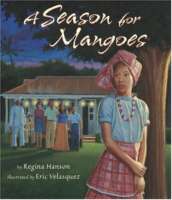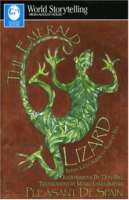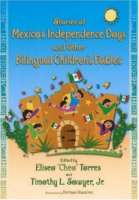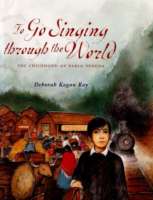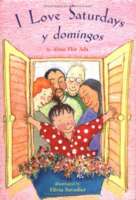
Saturdays and Sundays are very special days for the child in this story. On Saturdays, she visits Grandma and Grandpa, who come from a European-American background, and on Sundays — los domingos — she visits Abuelito y Abuelita, who are Mexican-American. While the two sets of grandparents are different in many ways, they also have a great deal in common — in particular, their love for their granddaughter. While we follow our narrator to the circus and the pier, share stories from her grandparents’ pasts, and celebrate her birthday, the depth and joy of both cultures are conveyed in Spanish and English. This affirmation of both heritages will speak to all children who want to know more about their own families and ethnic backgrounds.
Awards
Americas Award for Children’s and Young Adult Literature, Commended

